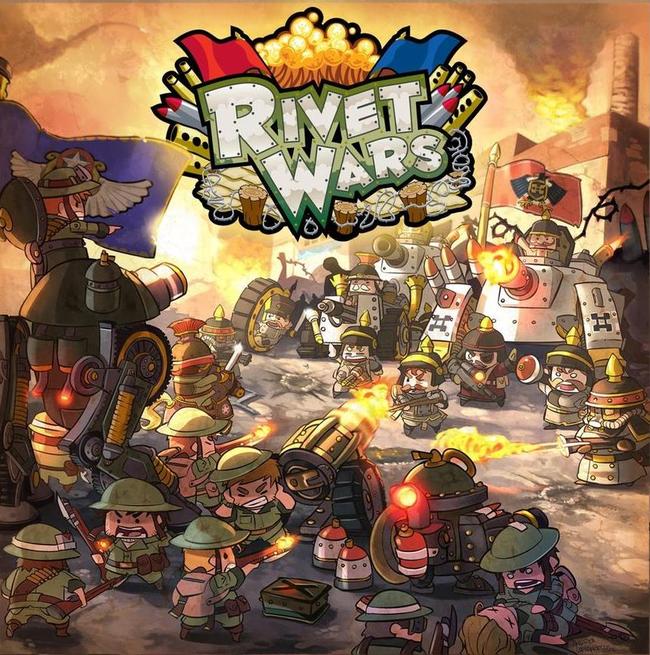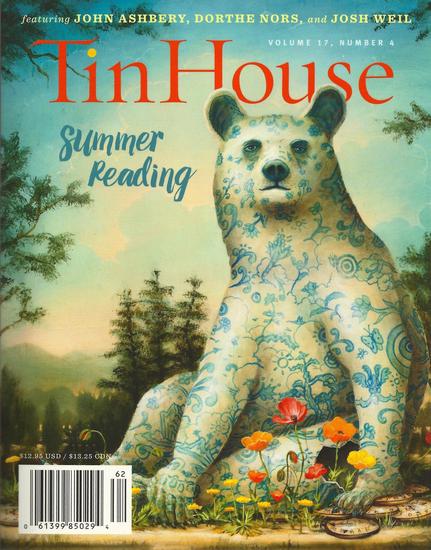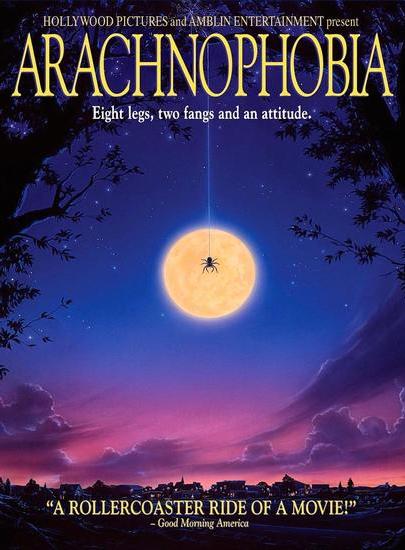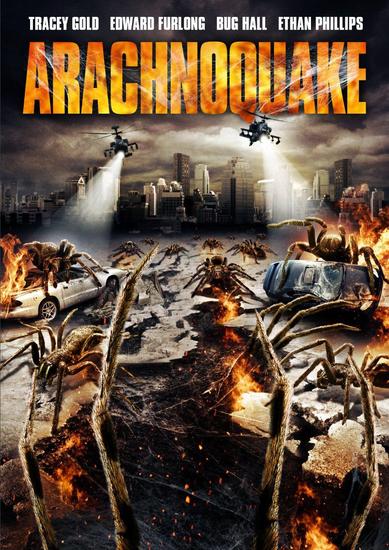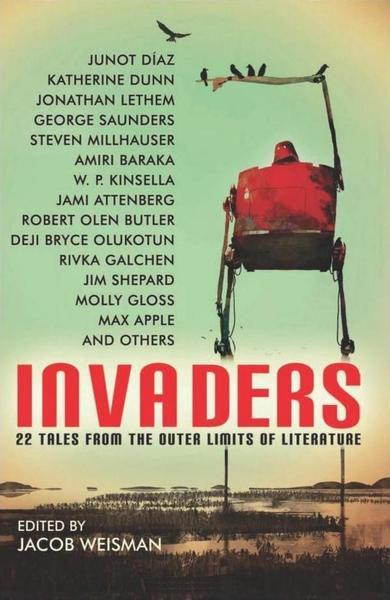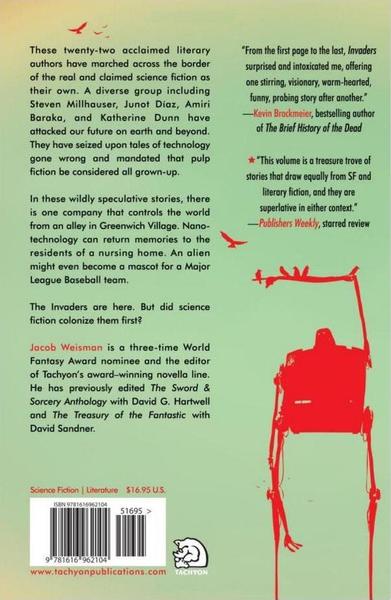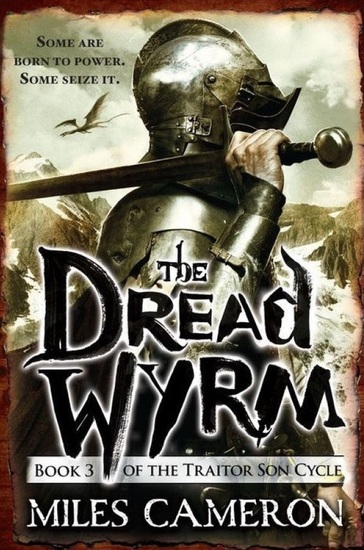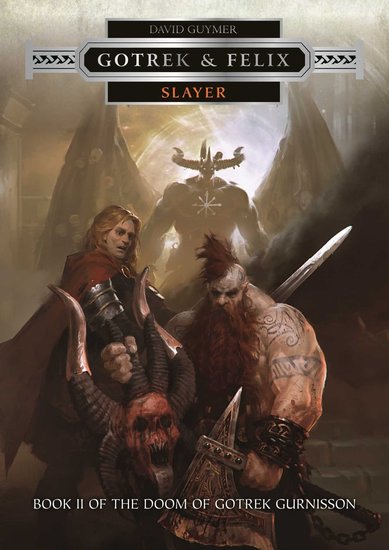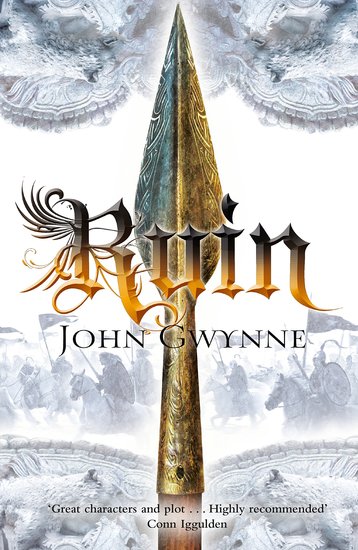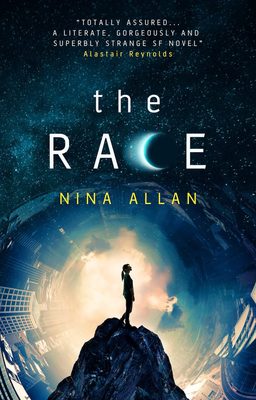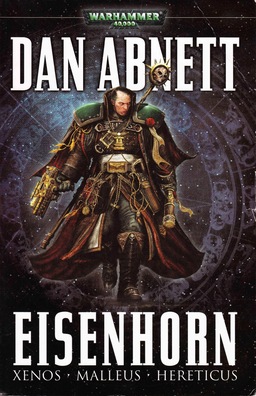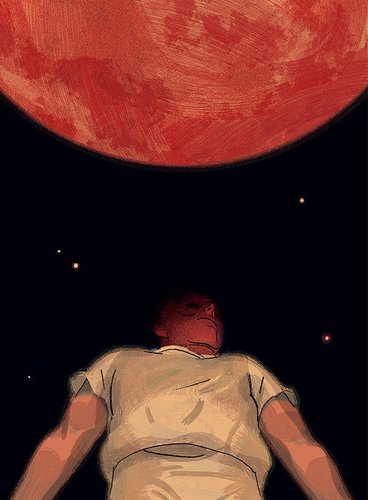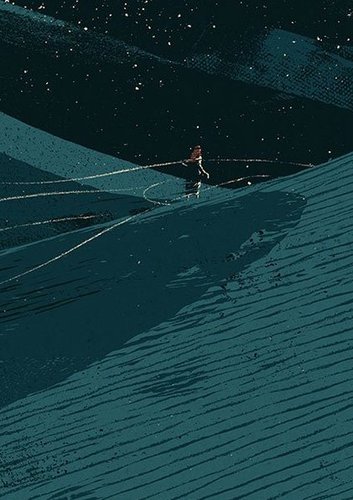Of Necromancers and Frog Gods: Part Two (The Public Life of Sherlock Holmes)
FROG GOD GAMES
Last November, I did a post on the history of Necromancer Games. I wrapped up with, “And there, our saga of Necromancer Games draws to a close. But our story has most certainly not come to an end.” That’s because Slumbering Tsar would rise from the ashes and a new RPG company would be built on its foundations. Welcome to Part Two: Of Necromancers & Frog Gods.
Waking the Tsar
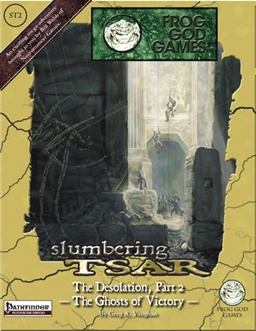 Shortly after Necromancer hung it up, co-founder Bill Webb established Frog God Games just to publish Greg Vaughan’s The Slumbering Tsar as a fourteen-part subscription saga, to be issued as one massive book at the end of the project.
Shortly after Necromancer hung it up, co-founder Bill Webb established Frog God Games just to publish Greg Vaughan’s The Slumbering Tsar as a fourteen-part subscription saga, to be issued as one massive book at the end of the project.
Starting at 7th level, Tsar is divided into three books. If you want to start from 1st level, I suggest using The Wizard’s Amulet and/or The Crucible of Freya, then part of Tomb of Abysthor as a 1st through 6th level lead-in. The Lost City of Barakus is another excellent option, though not as thematically linked. Though it wouldn’t take much to give the villainous Devron a tie-in to Tsar.
Book one, The Desolation, is three installments (parts) dealing with a small settlement in the barren plains. It totals about 125 pages and gives the party a staging area for adventuring towards Tsar. Think of a Necromancer version of The Village of Hommlet – but way nastier. The story of The Army of Light at the very end of part one is worth it alone for me.
Part two includes the Ashen Waste: with such highlights as The Tomb of the Sleeping Knight (not a lot of sleeping going on here) and the burial mound of the barbarian warriors led by Tark. The Chaos Rift, featuring The Sepulcher of the Last Justicar, is even more deadly.
Part Three gets the party to the walls of Tsar, though it might well perish in The Boiling Land or The Dead Fields first. And a sticky situation waits outside the walls…

